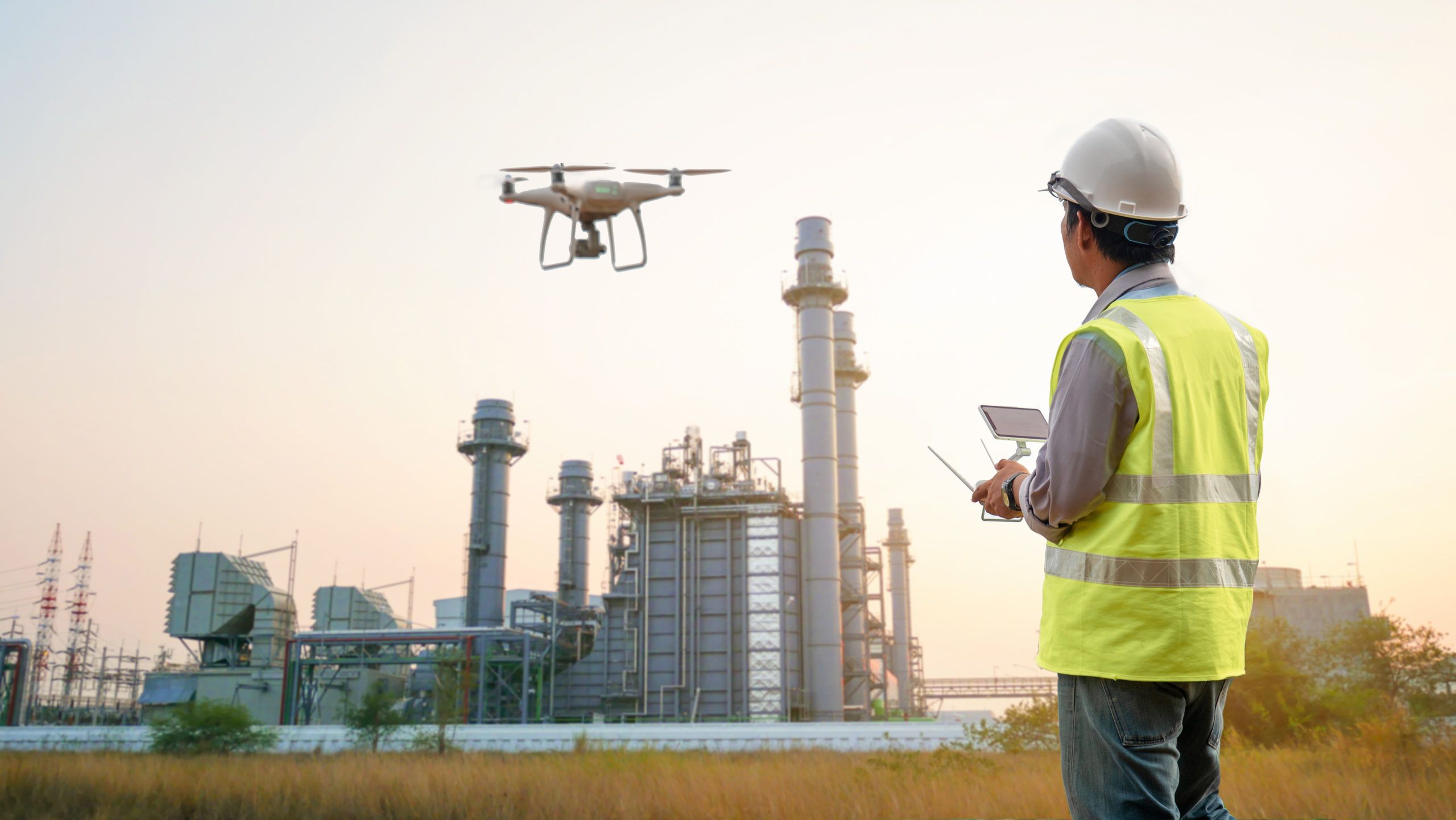Month: September 2019
How Drones Are Shaping the Future of Robots-as-a-Service
Written by Nathan Sullivan on . Posted in Blog. Leave a Comment
When you think of “drones,” what comes to mind? Maybe it’s the toy drone your 10-year-old neighbor constantly crashes into your yard. Maybe it’s that rumour you heard about a futuristic fleet of Amazon quadcopters lightly touching down on your front step to drop off a package.
It’s obvious that drones — also referred to as Unmanned Aerial Vehicles (UAVs) — aren’t something most Americans are intimately familiar with yet.
In fact, drones are innovating commercial industries and improving the efficiency and safety of construction, agriculture, delivery, and more. The true future of drones is one of robots-as-a-service, in which humans greatly benefit from drone technology.
Improving Safety
On a daily basis, utility workers risk death by electrocution, fall, or even strangulation. A CBS news story places electrical and telecommunications line work among the top 10 most dangerous jobs in the U.S., with 20.5 deaths per 100,000.
Drones can aid with visual assessment and data collection for cell towers, power lines, and pipelines and help utilities avoid putting workers in danger. Drone use also allows for faster emergency response, so line safety can be evaluated with fewer logistical issues of trucks, cranes, and ladders.
Read more: Unmanned Aerial Vehicles: Revolutionizing Pipeline Inspections
Roofing is ranked as the 4th most dangerous job in the U.S., and falls from roofs accounted for one-third of fall-related construction fatalities from 1992-2009. Many of these falls occur during initial inspection, when roofers can’t accurately assess how damaged or unstable a structure actually is.
With drones, construction and roofing companies can perform visual assessments and gather data to determine the safest course of action.
Drones also provide more safety when it comes to disaster response — they can survey areas hit by natural disasters when it’s still too dangerous to send humans into the fray.
Boosting Efficiency
Drones will likely be the future of cargo transport and delivery service. Amazon, UPS, and other shipping companies are already experimenting with drones to deliver packages faster than ever. Cargo delivery via drone even has the potential to be more environmentally friendly than traditional aircraft or truck delivery, especially in the case of smaller, electric drones.
Aerial surveying companies can also benefit from drone use. Drones, especially when combined with the right software, can produce higher-resolution images than a manned aircraft. Using geographic information systems (GIS) and predictive algorithms, drones also produce more accurate data. They also have fewer logistical restrictions than large aircraft when it comes to navigating difficult terrain.
Read our case study to learn more about how drone technology can improve commercial operations.
Introducing New Opportunities
As more companies implement drone technology, new related positions will need to be filled. Drone engineers, remote pilots, data analysts, software specialists, GIS mapping technicians, and other experts are already in high demand.
Drone technology also offers a smooth path for businesses to increase ROI and expand their services. UPS, for example, recently announced that starting in 2020, they will provide delivery services 7 days a week, thanks in part to the expansion of their drone services.
These opportunities for expansion come with significant cost considerations, partially due to emerging regulations. For example, commercial drone pilots and the drones they operate must be registered with the Federal Aviation Administration (FAA), and drone flights must adhere to specific requirements.
Looking Ahead
Between registration, software, insurance, and onboarding new employees, drone technology is a big investment. However, it can reap huge benefits in terms of safety and efficiency. Commercial drone use will continue to expand, particularly in vanguard industries such as agriculture, construction, and utilities.
To keep up with the evolution of drone and robots-as-a-service technologies, companies need to stay up to date with the latest cloud connectivity, data processing, and organizational standards for the industry.
Mapware is at the cutting edge of drone technology. Contact us to learn more about the future of commercial drone use.

Join our mailing list to stay up to date on the latest releases, product features and industry trends.
Mapware needs the contact information you provide to us to contact you about our products and services. You may unsubscribe from these communications at any time. For information on how to unsubscribe, as well as our privacy practices and commitment to protecting your privacy, please review our Privacy Policy.
